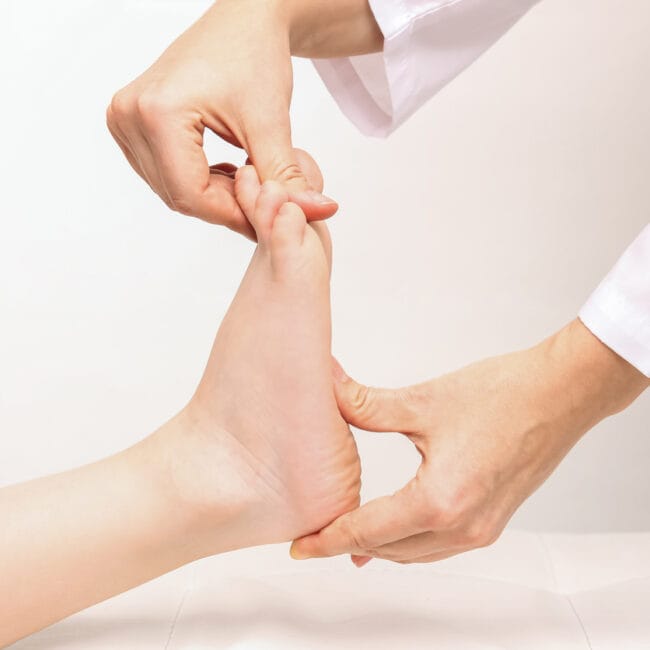Be it on the road or in the gym, cycling is fun, great for your health and anyone can do it. However, knowing the fine art of how to set up your bike can be the difference between an efficient workout and a wasted one. If you can get your positioning and pedal stroke just right, you will work your legs, glutes and core evenly and you’ll reap all the benefits from your workout.
To achieve this, it’s vital to get everything (from the height of your saddle to the position of your handlebars) correct to avoid aches and pains in your knees, ankles and back. Whether you’re a spinning novice or a seasoned cycling veteran, our tips for setting up your bike will help you get the most out of every workout, ensure greater comfort and reduce the risk of injury.
Get Off Your High Horse – Saddle Height
To get a good idea of your proper saddle height, stand directly next to the saddle, lift your inside leg to 90° and line up the top of the saddle with the top of your thigh to get the ideal adjustment. At the proper height, there should be a 25-35 degree or a slight bend in your knee at the bottom of a pedal stroke.
If your seat is too high or too far back this can cause repetitive knee hyperextension as you pedal, which, over time, causes irritation of posterior knee structures and can lead to major pain – for example a Baker’s cyst.
When your seat is too low or too far forward, your leg won’t have as much space as it needs when it is at the top of the revolution of your pedals. When this happens, the muscles and tendons at the front of your knee joint experience too much pressure and force, which causes anterior knee pain, such as a patellar tendinopathy.
Take A Seat – Saddle Position
Sit on the bike as if you were riding and then hold the pedals in a position where they are level. Your forward kneecap should be directly above the pedal spindle. Make sure that the ball of your foot is over the pedal spindle as well, feet in 3 o’clock and 9 o’clock positions. This ensures that all of your power and strength is put into the pedal, you’ll maximize your energy output and also be able to adapt your technique to different terrain, cadence and effort levels.
Get A Grip – Handlebars
Position your handlebar at approximately the same height as your saddle, or higher if you feel any discomfort in your back or if you’re recovering from injury. Then, gradually lower them overtime to strengthen your core and boost overall workout efficiency.
Some bikes have a handlebar fore/aft adjustment which allows you to change the distance between your seat and handlebars. This enables you to adjust the reach for comfort and proper upper body extension. A slight bend in the elbow usually indicates a proper fit.
The perfect handlebar setup is comfortable and limits unnecessary strain on your neck and back, while encouraging an effective, powerful riding position.
Strap Yourself In – Foot Position
For bikes with toe cages and straps, it’s important to align the ball of your foot over the centre of the pedal as alluded to above. This is the firmest, widest-striking surface on your foot, making this the most efficient and comfortable foot position
If you plan on wearing cycling shoes or using clipless pedals, check the cleat tension on the pedals and make sure that your cleats are aligned properly on your shoes.
Once you have your bike properly set up and before you start cycling, it’s essential to just make sure everything is locked and secure before you begin. There’s no point in putting all your good work to waste now!
Don’t Forget To Adequately Warm Up And Cool Down
Before we get carried away with all our fantastic preparation, it’s vitally important that we dynamically warm-up the major muscle groups that are going to be worked in the spin class or on your cycle, prior to diving straight into our sprints/inclines.
Then at the end of the session it’s important to statically stretch the worked major muscle groups in order to reduce the risk of injury and to kick start the recovery progress.
Now you’re in the know, you’ll be cycling like a pro in no time. From now on, you shouldn’t have any more issues with setting up your bike and positional related aches and pains will become a thing of the past. Hopefully these tips can make your cycling that bit more enjoyable or bearable.














